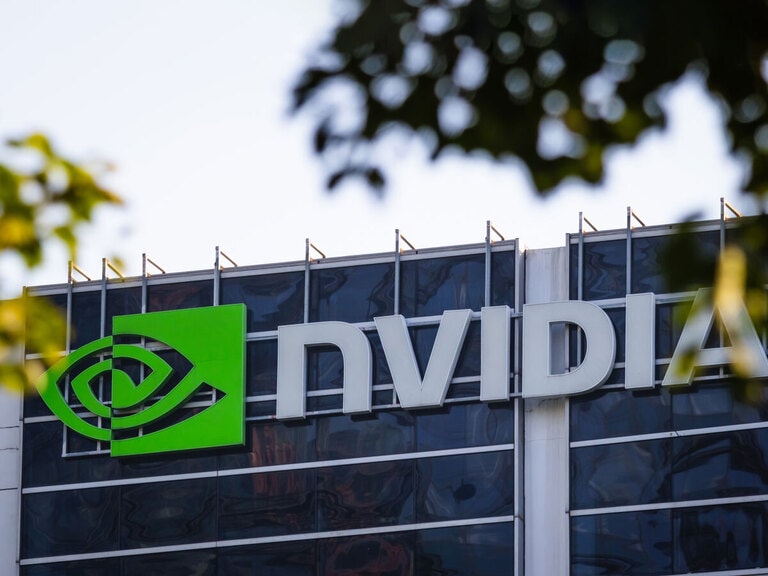2022 was a year of two halves for Abrdn. Having been booted out of the FTSE 100 after the global downturn punished its underlying business, by the end of the year the asset manager had been readmitted to the top flight index. The new year has seen its share price rally continue, boosted by news that the UK economy actually grew in November.
Abrdn’s [ABDN] share price rally has continued into 2023. Year-to-date, the stock is up 8%, and over 16% (as of 13 January) since the end of October. Last week Abrdn’s share price bonanza continued as the stock gained 6.9% on news that the UK economy actually grew in November. Wealth managers Quilter [QLT] and Schroders [SDR] were also up 7.7% and 6.9%, respectively.
After so much market doom and gloom there’s now a glimmer of renewed investor confidence in equity markets. Abrdn’s share price and its underlying business could benefit, but the company will need to get on top of the outflows seen at the start of last year..
A topsy-turvy 2022 for Abrdn’s stock
2022 was very much a game of two halves for Abrdn. Having been booted out of the FTSE 250 at the end of August, by December it had made its triumphant return to London’s leading index.
At the time of the exit, the asset manager had just posted a pre-tax loss of £320m in the first half of 2022. More worrying still was the fact assets under management (AUM) had dropped to £508bn, down from £542bn in the previous year. Fee-based revenue dropped 8% year-on-year to £696m and operating profits were down 28% year-on-year at £115m.
Yet, the asset manager’s policy of returning capital to shareholders helped it mount a fightback to the top flight index, with Abrdn’s share price rallying nearly 29% during its time in exile from the FTSE 100.
Trimming costs also helped the cause. In August, chief executive Simon Bird announced that the investment firm was looking to make £75m in cost savings by 2024, a strategy that would involve the merging or closing of over 100 funds.
On the chopping block at the end of last year was the Emerging Markets Local Currency Bond fund after its net asset value dropped to $20.47m. On 4 January, it announced that it was merging four other funds.
A spokesperson for Abrdn told Portfolio Adviser that this is to reduce duplication and simplify the product offering. They added that the consolidation programme would free up resources to focus on offering products better aligned to its key strengths and client demands.
Bird’s strategic shift has also included a pivot to the retail trading market with the £1.5bn purchase of online trading platform Interactive Investor. Shareholders will be keen to see how the acquisition adds to the bottom line when Abrdn next updates the market.
Where next for Abrdn?
Cutting costs is all well and good, but shareholders will want the asset manager to get a grip on the outflows seen in the first half of last year. The publication of full year 2022 results on 28 February will provide plenty to chew on.
Aside from the company’s financial performance, keep an eye out for any update on who’s in line to replace outgoing CFO Stephanie Bruce. Abrdn announced the departure of its financial boss in December.
A return to a more “risk on” mode of investing could help. Abrdn is known for its emerging markets and smaller companies funds. Abrdn had blamed last year’s disappointing interim results on rotation away from growth to value. However, should investors return to growth stocks in 2023, then Abrdn could benefit.
For income seekers, Abrdn carries a 7% plus dividend yield putting it near the top of the FTSE 100 firms offering client payouts.
Abrdn’s stock has a median price target of 175p from the 12 analysts polled by Refiniv. Hitting this would see a 14.3% downside on Friday’s close of 204.3p. Of the 16 analysts offering ratings, half rate the stock as ‘underperform’.
Continue reading for FREE
- Includes free newsletter updates, unsubscribe anytime. Privacy policy





